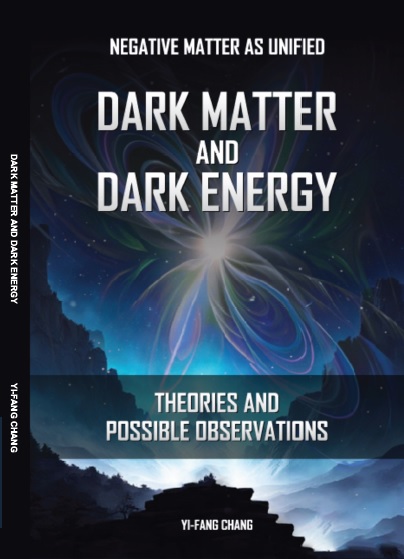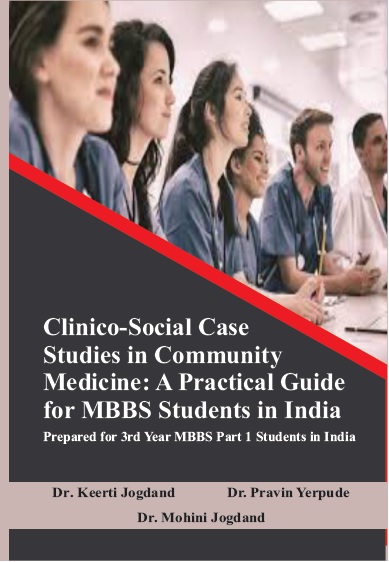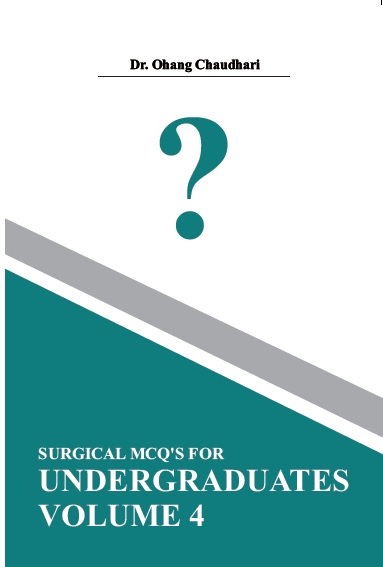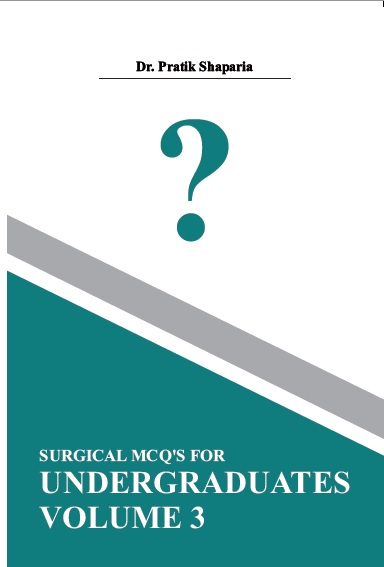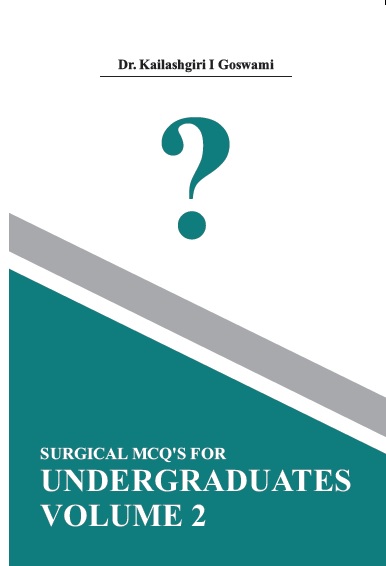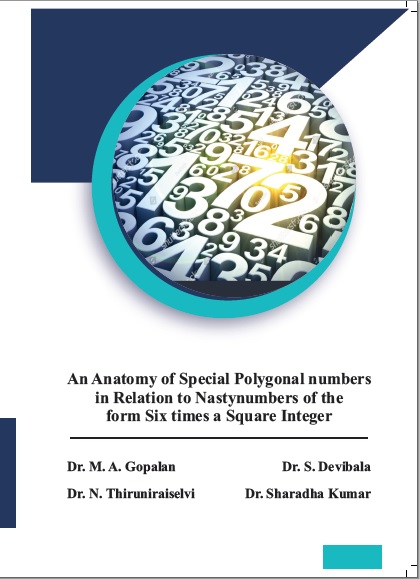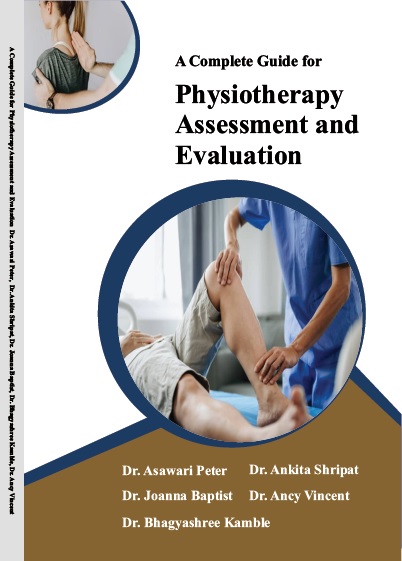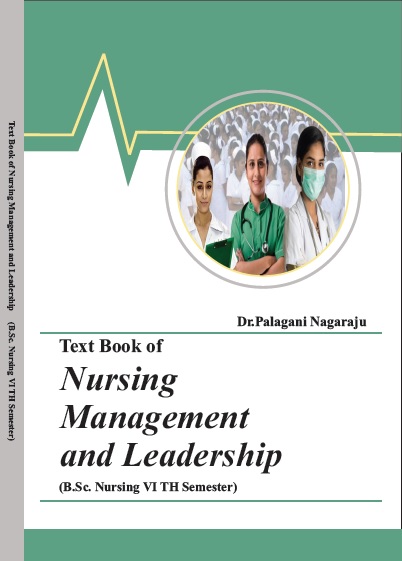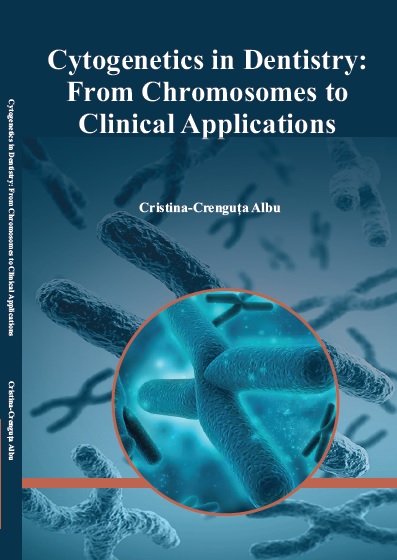SCIENCES AND ENGINEERING
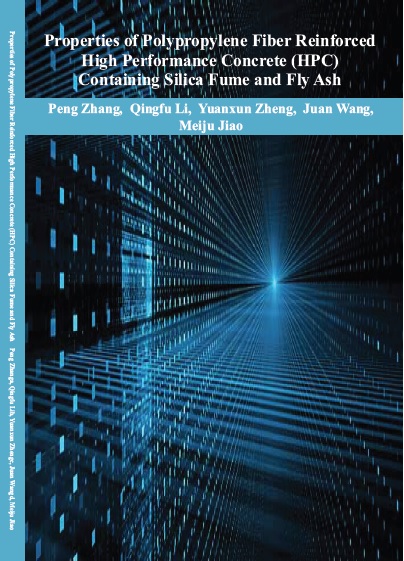
Properties Of Polypropylene Fiber Reinforced High Performance Concrete (hpc) Containing Silica Fume And Fly Ash
by Peng Zhang
ISBN Number : 978 - 93- 88672 - 09 - 2
Authors Details
| Author Name | Image | About Author |
|---|---|---|
| Peng Zhang | 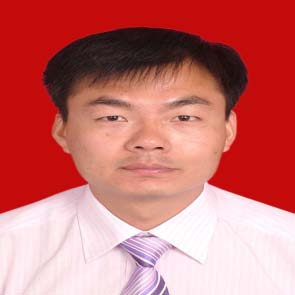 |
Dr. Peng Zhang is currently a professor and doctoral supervisor of School of Water Conservancy and
Environment in Zhengzhou University. He has been rewarded as an Academic and Technical Leader of
Education Department of Henan Province in China, Science & Technology Innovation Talent in
Universities of Henan Province in China, and Outstanding Young Backbone Teacher of Henan Province
in China. His research interests include fiber and nano-particles reinforced high performance concrete
and cementitious composites. He has published more than 100 academic papers and three Chinese
books. As the principal investigator, he has hosted more than 20 research projects, which were
sponsored by National Natural Sciences Foundation of China, Chinese Postdoctoral Science Special
Foundation, Chinese Postdoctoral Science Foundation, and so on. He has won four prizes of Provincial
Science & Technology Awards and 15 other Science & Technology Awards. |
| Qingfu Li | 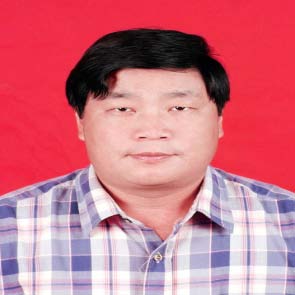 |
Dr. Qingfu Li is currently a professor of School of Water Conservancy and Environment in Zhengzhou
University, where he has been since 1995. He has been rewarded as Excellent Youth Foundation of
Henan Province of China. He received a B.S. and a M.S. from Zhengzhou University of Technology,
respectively in 1987 and 1989. He received his Ph.D. in Structure Engineering from Dalian University
of Technology in 1993. His research interests are in properties of cement-based materials, high
performance concrete composites and fiber reinforced concrete composites for civil engineering. He
has published more than 150 academic papers and five Chinese books. As the principal investigator, he
has hosted more than 30 research projects, which were sponsored by National Natural Sciences
Foundation of China, Natural Science Foundation of Henan Province of China, etc. He has won 1 National Science and Technology
Progress Awards and 5 prizes of Ministry Science & Technology Award. |
| Yuanxun Zheng | 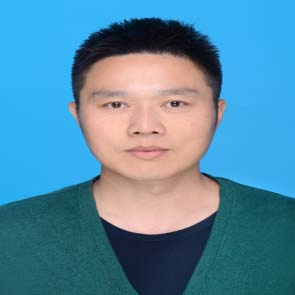 |
Dr. Yuanxun Zheng is currently an associate professor of School of Water Conservancy and
Environment in Zhengzhou University. He has been rewarded as Outstanding Young Backbone Teacher
of Henan Province in China. His research interests include fiber reinforced high performance concrete
and cementitious composites, pavement mechanics and durability of structure. He has published more
than 60 academic papers and two Chinese books. As the principal investigator, he has hosted more than
15 research projects, which were sponsored by National Natural Sciences Foundation of China,
Chinese Postdoctoral Science Foundation, and so on. He has won 10 prizes of Science & Technology
Awards. |
| JuanWang | 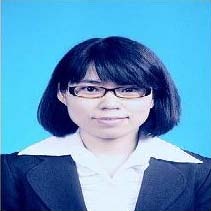 |
Dr. Juan Wang is currently an associate professor and master's supervisor of School of Water
Conservancy and Environment in Zhengzhou University. She has been rewarded as young teaching
famous teachers of Zhengzhou University and young backbone teachers of Zhengzhou University. Her
research interests include mesomechanics of concrete and cementitious composites and numerical
simulating methods. She has published more than 30 academic papers and two Chinese books. As the
principal investigator, she has hosted more than 10 research projects, which were sponsored by National
Natural Sciences Foundation of China, Ph.D. Programs Foundation of Ministry of Education of China,
and so on. She has won 2 prizes of Provincial Science & Technology Awards and 5 other Science &
Technology Awards. |
| Meiju Jiao | 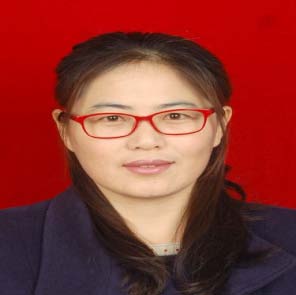 |
Dr. Meiju Jiao is currently a lecturer of School of Water Conservancy and Environment in Zhengzhou
University. She received her Ph.D. in Bridge Engineering from Tongji University in 2014. Her research
interests are in properties of structural health monitoring and reliability of bridge structures. She has
published 6 academic papers. As the principal investigator, she has hosted a research project, which was
sponsored by open Project Fund of the Dike and Disease Control Engineering Technology Research
Center of the Ministry of Water Resources of China. She has won 1 prize of Science & Technology
Awards. |
Book Description
High performance concrete (HPC) can be defined as the concrete, which meets special performance and uniformity requirements that can't always be achieved by conventional materials, normal mixing, placing and curing practices. The requirements may involve enhancements of characteristics such as placement and compaction without segregation, long-term mechanical properties, early-age strength, volume stability or service live in severe environments. Swamy states that High performance concrete (HPC) is that which is designed to give optimised performance characteristics for the given set of materials, usage and exposure conditions, consistent with requirements of cost, service life and durability. Architects, engineers and constructors all over the world are finding that using HPC allows them to build more durable structures at comparable cost. HPC is being used for buildings in aggressive environments, marine structures, highway bridges and pavements, nuclear structures, tunnels, precast units, etc. The major difference between conventional concrete and HPC is essentially the use of chemical and mineral admixtures. Use of chemical admixtures reduces the water content, thereby reducing the porosity within the hydrated cement paste. Pozzolanic materials are crucial to HPC as far as flowability is concerned. Mineral admixtures, also called as cement replacement materials, act as pozzolanic materials as well as fine fillers, thereby the microstructure of hardened cement matrix becomes denser and stronger. Fly ash has been used in blended cements, and it has been used successfully to replace Portland cement up to 30% by mass as pozzolanic materials in HPC. Because fly ash causes environmental pollution and the cost of storage of fly ash is very high, the utilization of fly ash in concrete technology, both in regard to environmental pollution and the positive effect on a country's economy are beyond dispute. The fly ash HPC system offers a holistic approach that can help us to achieve the goals of meeting the rising demands for concrete, enhancement of concrete durability with little or no increase in cost (in some instances reduced cost), and ecological disposal of large quantities of the solid waste products from coal-fired power plants. Several laboratory and field investigations reported that HPC containing fly ash had exhibited excellent mechanical and durability properties. Despite the benefits of fly ash, practical problems remain in field application. At early stages of aging, the strength of HPC containing a high volume of fly ash as a partial cement replacement is much lower than that of control concrete, due to the slow process of the pozzolanic reaction of fly ash, and its contribution towards the strength development occurs only at later ages. Different approaches have been used to accelerate the pozzolanic reaction of fly ash and, thereby, to increase the early strength of HPC containing fly ash. The activators have been used to improve the unsatisfactory early properties of Portland cement paste with fly ash added as a cement replacement.





